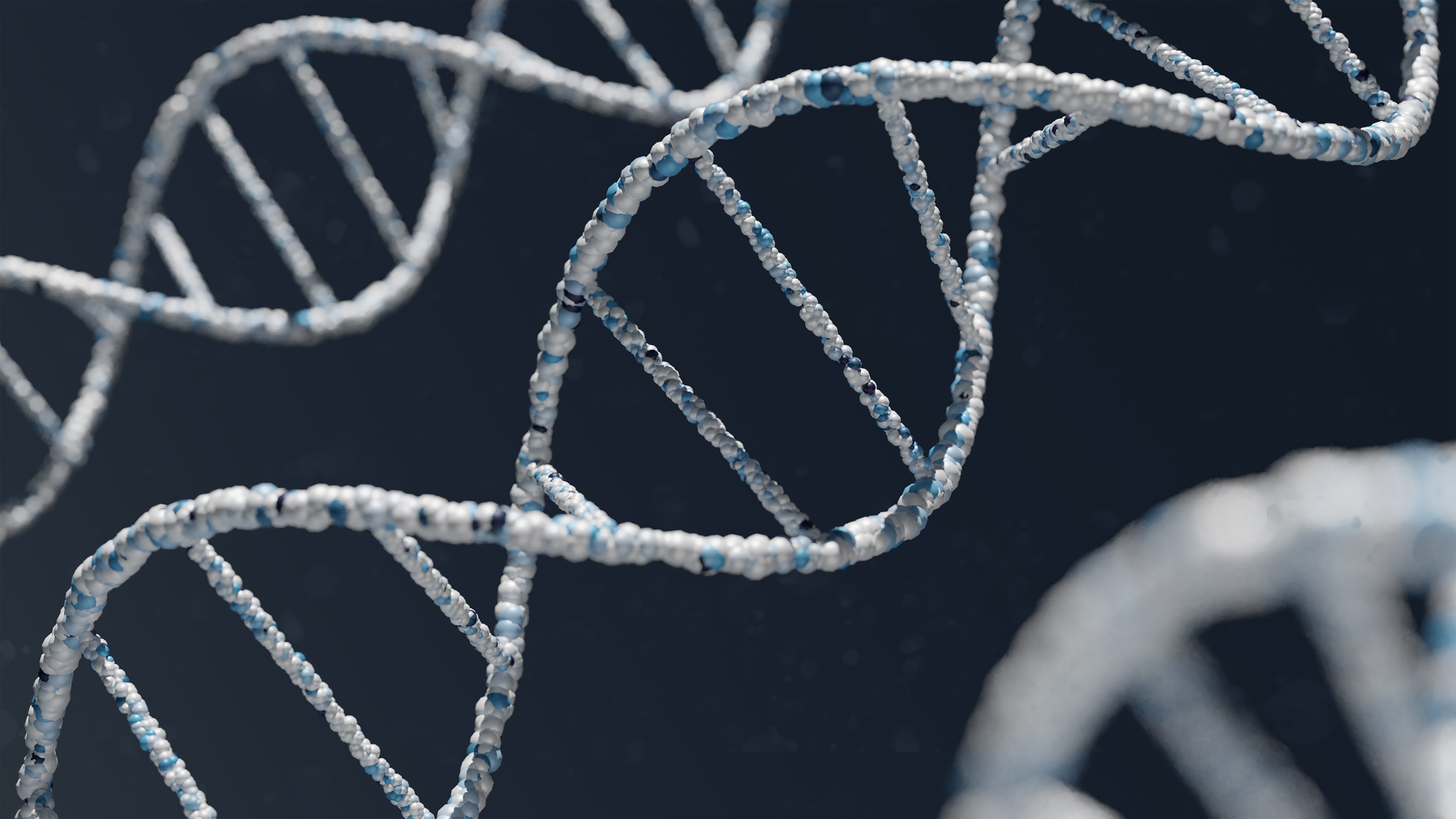Aggregated News

Boston–––In science journalism, there’s a well-worn technique reporters reach for when they’re interviewing a researcher and the technical material starts whizzing over their heads. “OK, explain it again, and this time, as if you were talking to your mother.” The conjured image of a parent tends to do just the trick; prompting an illuminating alchemy of clarity infused with excitement. “Look, ma, how cool is this?!”
That’s essentially what biochemist David Liu did when first describing CRISPR to his own mother, now nearly a decade ago. But he didn’t expect her response would be both profound and incisive: “I explained to her it’s like a pair of scissors that cuts DNA, except, crucially it can be programmed,” he said Tuesday during the 2022 STAT Summit in Boston. “And she said, ‘Well, how do you fix DNA by cutting it?’”
In fact, most of the time, you can’t. There are only a few kinds of diseases where breaking a glitchy gene, by cutting it in two, improves or eliminates the problem. For gene editing to realize its therapeutic potential, scientists would...



